Why Regular CPAP Equipment Replacement Beats Ozone Cleaning Devices
Continuous Positive Airway Pressure (CPAP) therapy is a lifeline for millions managing sleep apnea. Keeping your CPAP equipment clean and functional is critical for effective treatment and personal health. While ozone cleaning devices have gained popularity as a convenient cleaning solution, regularly replacing your CPAP components—such as masks, tubing, and filters—is a safer and more reliable approach. This blog explores why routine equipment replacement is superior and highlights the potential hazards of ozone cleaning devices.
The Importance of Regular CPAP Equipment Replacement
CPAP equipment is designed to deliver clean, pressurized air to keep your airways open during sleep. Over time, components like masks, tubing, humidifier chambers, and filters wear out, accumulate bacteria, or lose their effectiveness. Here’s why replacing these parts on a regular schedule is the best practice:
-
Ensures Optimal Performance
Worn-out masks can develop leaks, reducing the pressure needed for effective therapy. Cracked tubing or clogged filters can restrict airflow, compromising treatment. Replacing parts according to manufacturer guidelines—typically every 3-6 months for masks and tubing, and monthly for filters—ensures your machine delivers consistent, therapeutic airflow. -
Prevents Bacterial and Mold Buildup
Even with regular cleaning, moisture in CPAP systems can foster bacteria, mold, and mildew, especially in humidifier chambers and tubing. New equipment eliminates the risk of residual pathogens that may survive cleaning, providing a fresh, hygienic start. -
Maintains Comfort and Fit
Mask cushions degrade over time, losing their ability to form a proper seal. This can cause discomfort, skin irritation, or air leaks that disrupt sleep. Regular replacement ensures a comfortable fit and minimizes interruptions during therapy. -
Aligns with Insurance and Manufacturer Recommendations
Most insurance plans cover replacement CPAP supplies on a schedule (e.g., masks every 3 months, tubing every 6 months). Following these guidelines not only keeps your equipment in top shape but also maximizes your insurance benefits. Manufacturers also design components with finite lifespans, so adhering to their replacement schedules ensures safety and efficacy.
The Risks of Ozone Cleaning Devices
Ozone cleaning devices, marketed as a quick and easy way to sanitize CPAP equipment, use ozone gas (O3) to kill bacteria and pathogens. While they may seem convenient, these devices pose significant health and safety risks that outweigh their benefits. Here’s why ozone cleaners are a poor choice compared to regular equipment replacement:
-
Health Hazards of Ozone Exposure
Ozone is a reactive gas that can irritate the respiratory system, even at low concentrations. The U.S. Environmental Protection Agency (EPA) and Occupational Safety and Health Administration (OSHA) have strict guidelines on safe ozone exposure levels, as prolonged or repeated exposure can cause:-
Throat irritation and coughing
-
Shortness of breath or chest pain
-
Worsened asthma or other respiratory conditions
-
Potential long-term lung damage
CPAP users, many of whom already have compromised respiratory health, are particularly vulnerable. Ozone cleaners often leave residual gas in equipment, which can be inhaled during therapy if not fully dissipated.
-
-
FDA Warnings and Regulatory Actions
In 2020, the U.S. Food and Drug Administration (FDA) issued a safety communication cautioning against the use of ozone cleaners for CPAP equipment. The FDA noted that these devices may not be as effective as claimed and could pose health risks due to ozone exposure. Some manufacturers of ozone cleaners have faced regulatory scrutiny, with certain models recalled or removed from the market due to safety concerns. -
Potential Damage to CPAP Equipment
Ozone is a strong oxidizing agent that can degrade materials like silicone, rubber, and plastic commonly found in CPAP masks, tubing, and seals. Over time, this can cause cracks, leaks, or premature wear, reducing the lifespan of your equipment and increasing costs. Regular replacement avoids this risk by providing fresh, undamaged components. -
Ineffective Cleaning Claims
While ozone cleaners claim to kill 99.9% of bacteria, their efficacy depends on factors like exposure time, ozone concentration, and equipment condition. Residual oils, dirt, or biofilms may shield pathogens, reducing the cleaner’s effectiveness. In contrast, replacing equipment eliminates the need to rely on potentially inconsistent sanitization methods. -
Environmental Concerns
Ozone is a pollutant that contributes to smog and environmental degradation. Using ozone cleaners indoors can release excess gas into the air, posing risks to household members and pets. Regular equipment replacement, combined with manual cleaning using soap and water, is a more environmentally friendly approach.
A Safer Cleaning Alternative: Manual Cleaning with Replacement
Instead of relying on ozone cleaners, CPAP users can maintain hygiene through simple, safe manual cleaning paired with regular equipment replacement:
-
Daily Cleaning: Rinse your mask, tubing, and humidifier chamber with warm water and mild, fragrance-free soap (e.g., baby shampoo or dish soap). Allow parts to air dry away from direct sunlight.
-
Weekly Deep Cleaning: Soak components in a solution of 1 part white vinegar to 3 parts water for 15-20 minutes, then rinse thoroughly and air dry.
-
Regular Replacement: Follow manufacturer and insurance schedules to replace masks, tubing, filters, and other components. This ensures your equipment remains clean, functional, and free of wear.
This approach is cost-effective, safe, and aligns with recommendations from sleep specialists and CPAP manufacturers. It avoids the risks of ozone exposure and equipment damage while maintaining the hygiene and performance of your CPAP system.
Conclusion
While ozone cleaning devices may seem like a convenient shortcut, their health risks, potential to damage equipment, and questionable efficacy make them a poor choice for CPAP maintenance. Regularly replacing your CPAP equipment, combined with proper manual cleaning, is the safest and most effective way to ensure optimal therapy, comfort, and hygiene. By sticking to manufacturer guidelines and leveraging insurance coverage for replacements, you can protect your health and extend the life of your CPAP system without the hazards of ozone.
For more information on safe CPAP maintenance, consult your healthcare provider or visit the FDA’s website for guidance on CPAP cleaning and care.
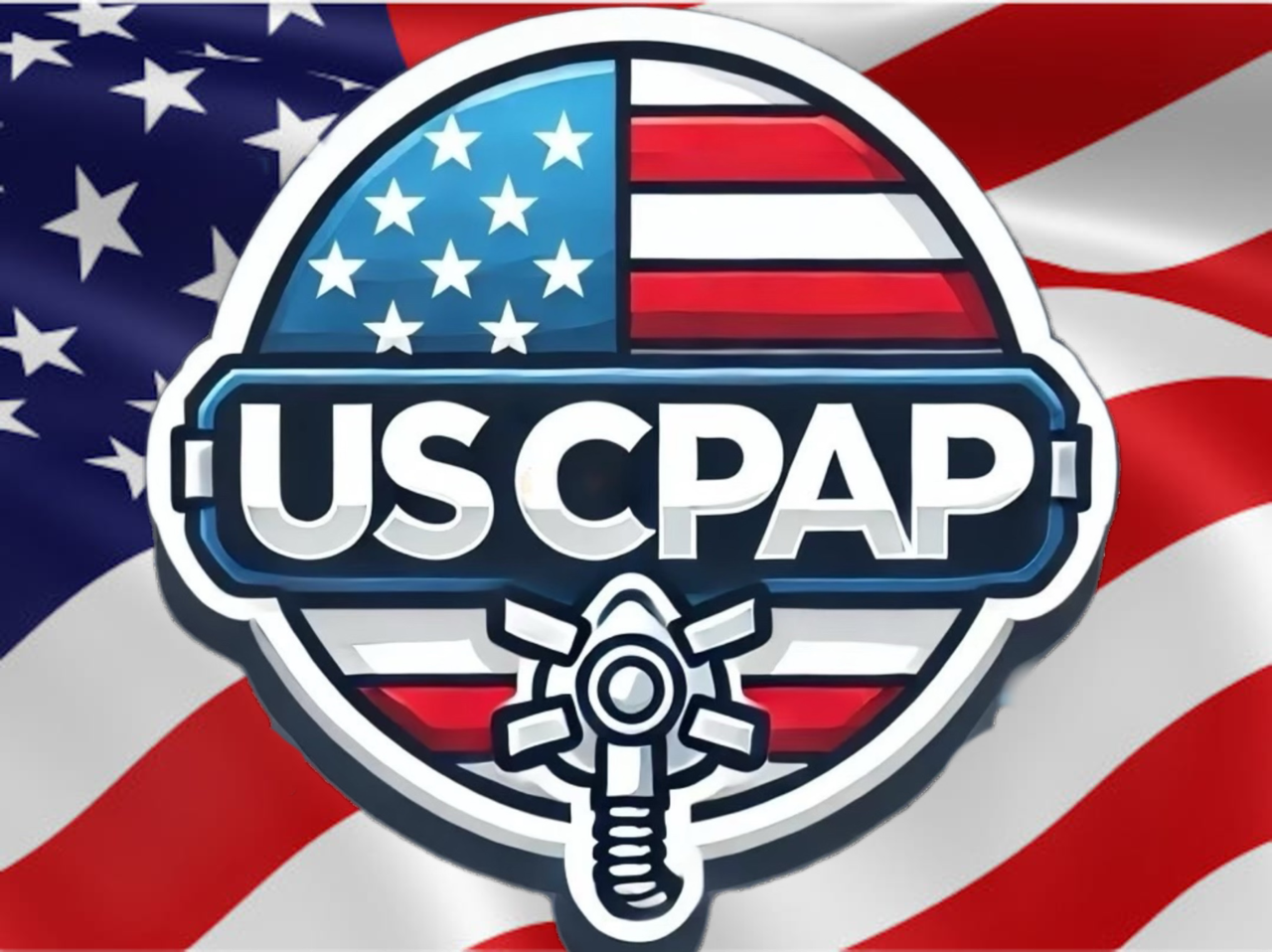
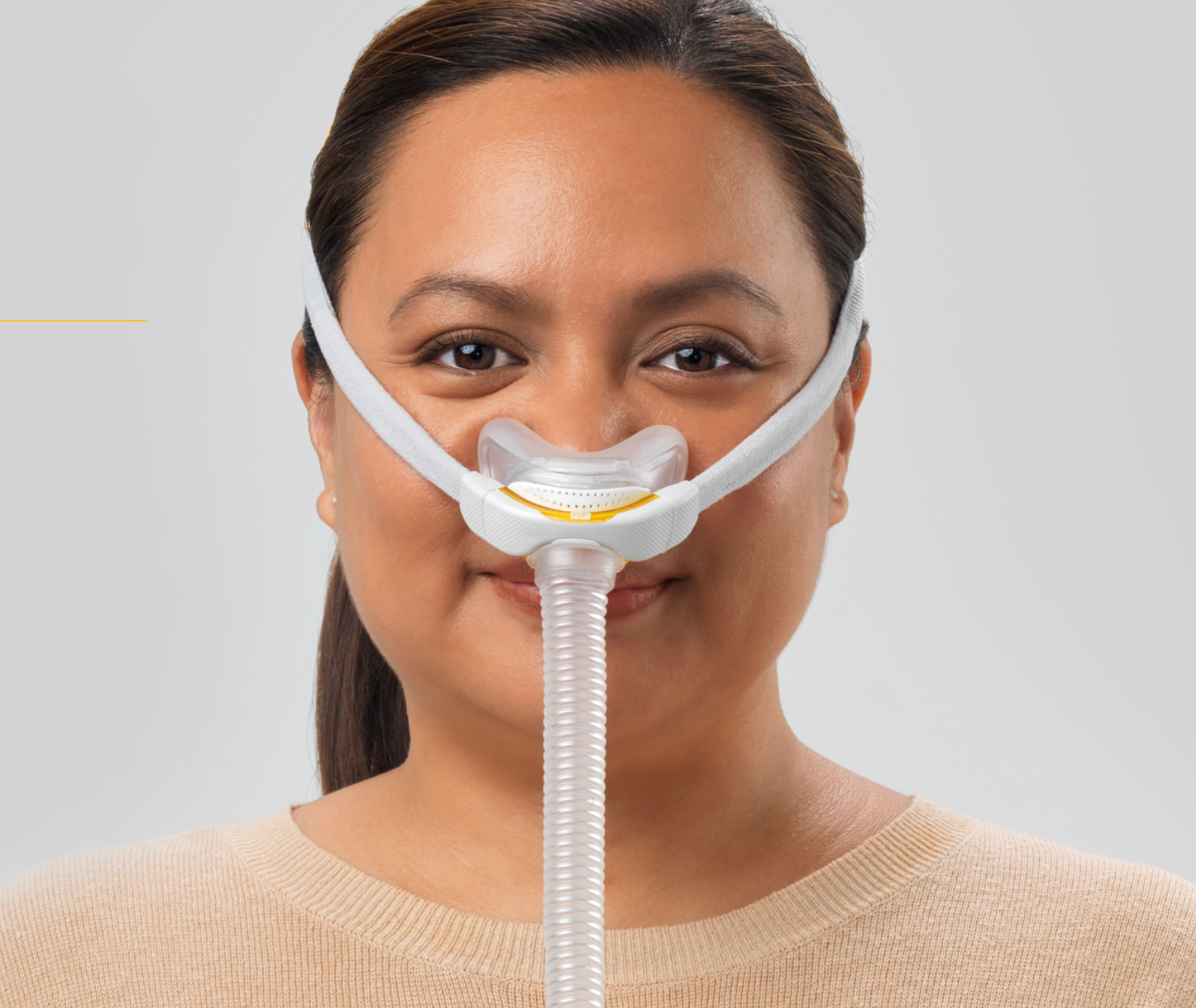
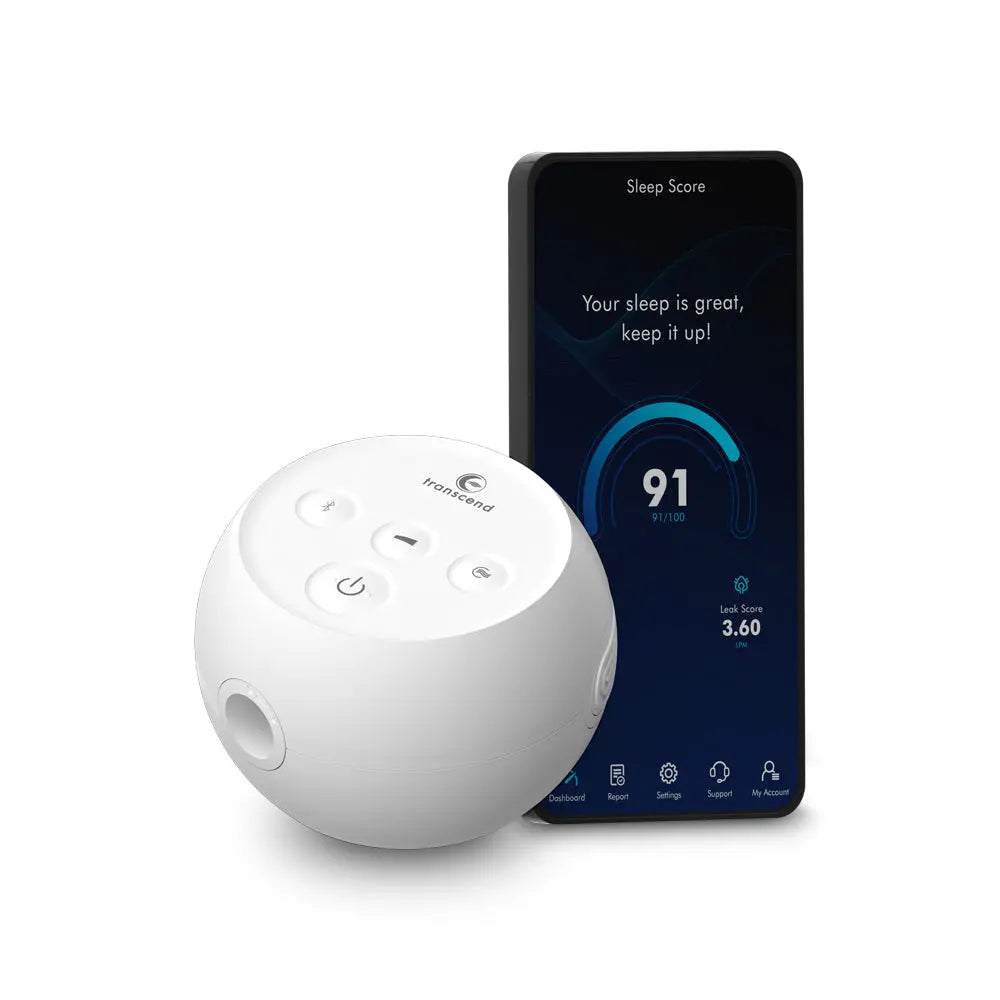
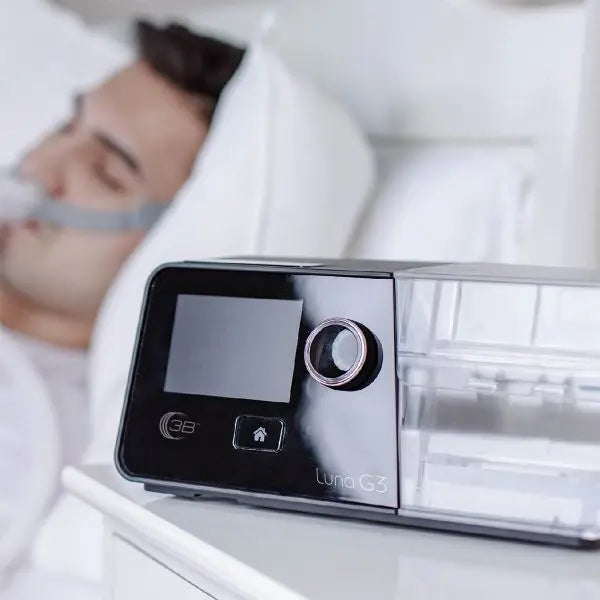
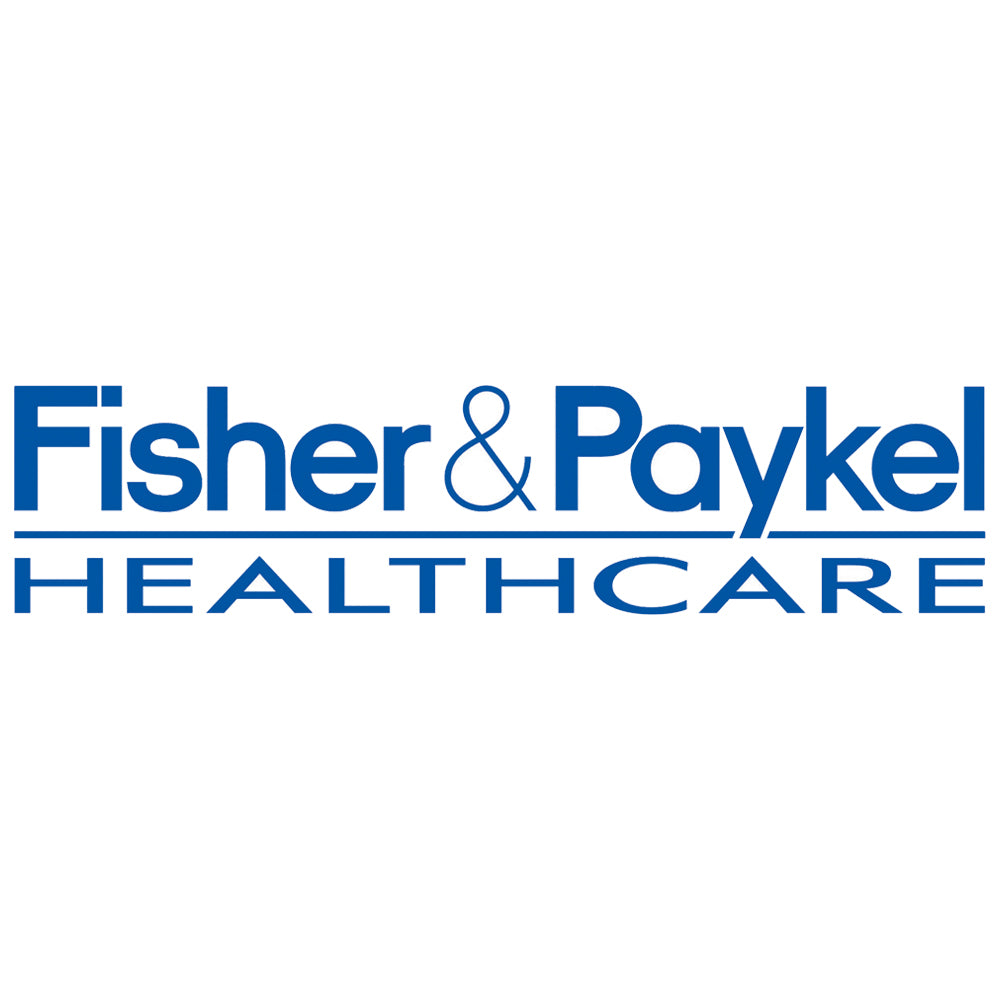

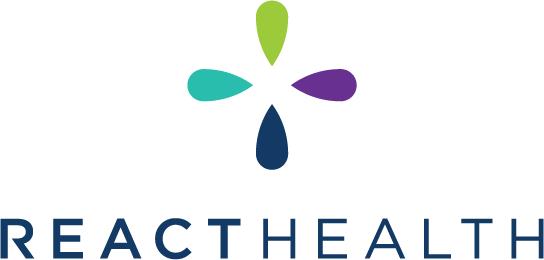
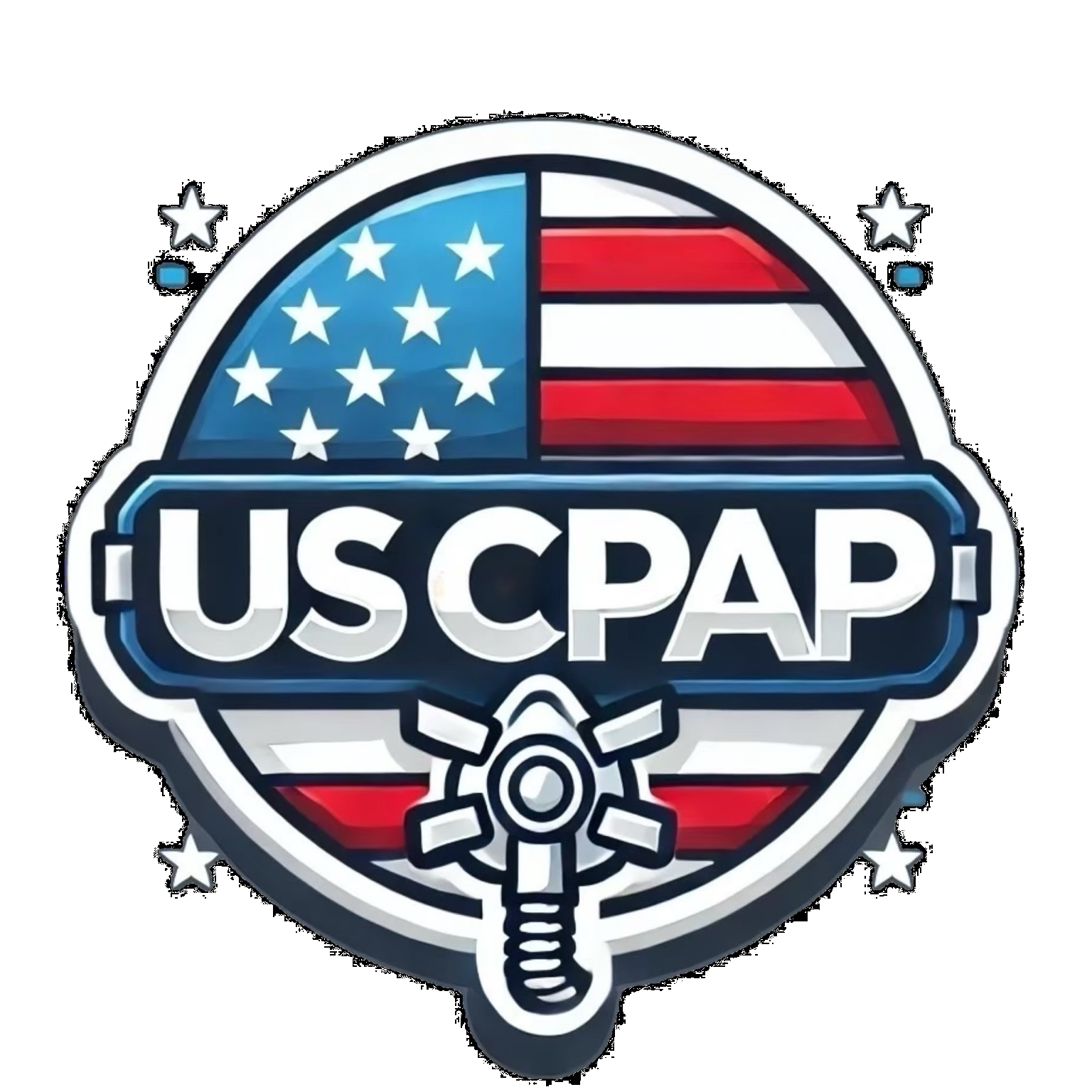
Leave a comment
This site is protected by hCaptcha and the hCaptcha Privacy Policy and Terms of Service apply.